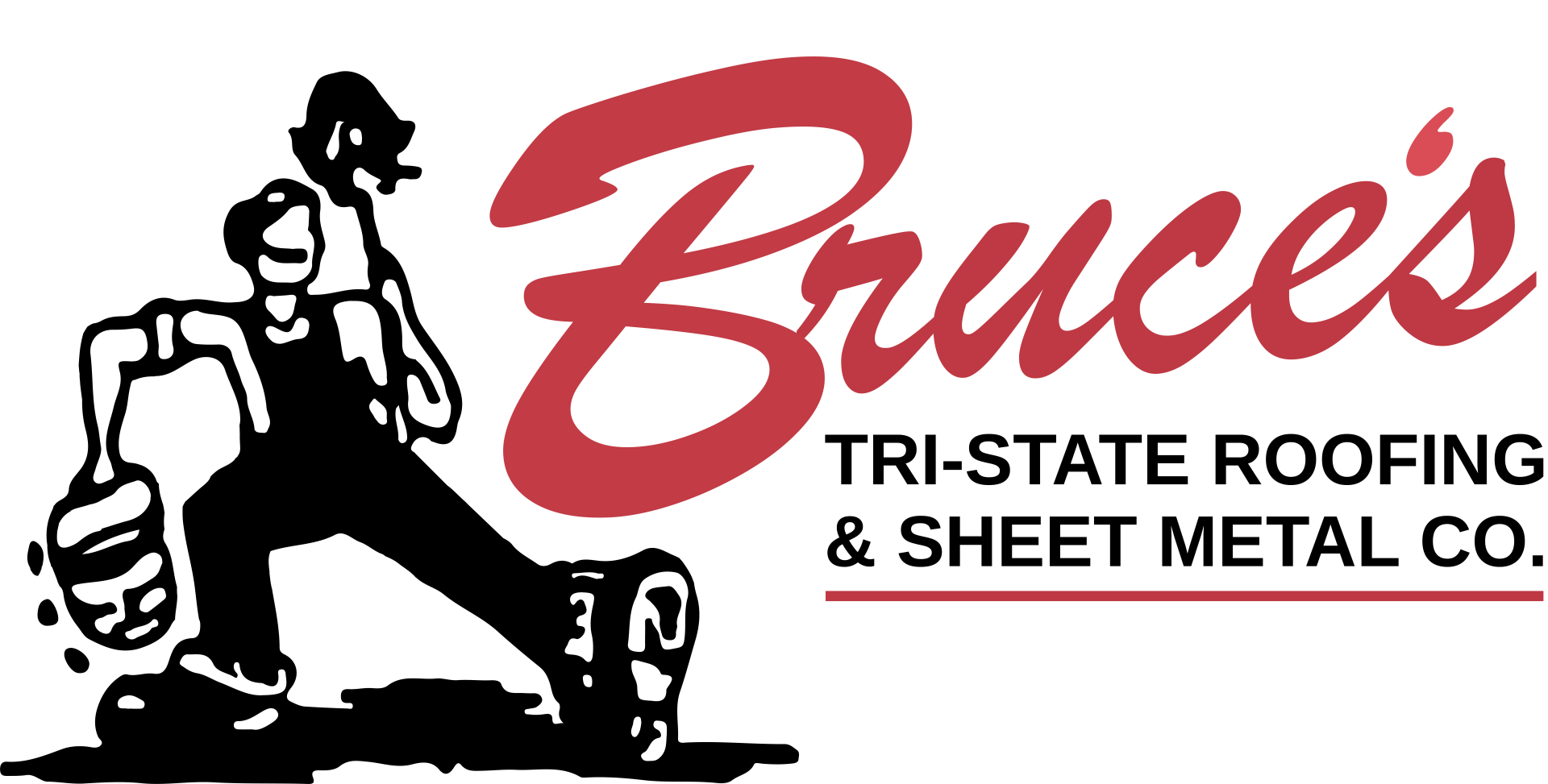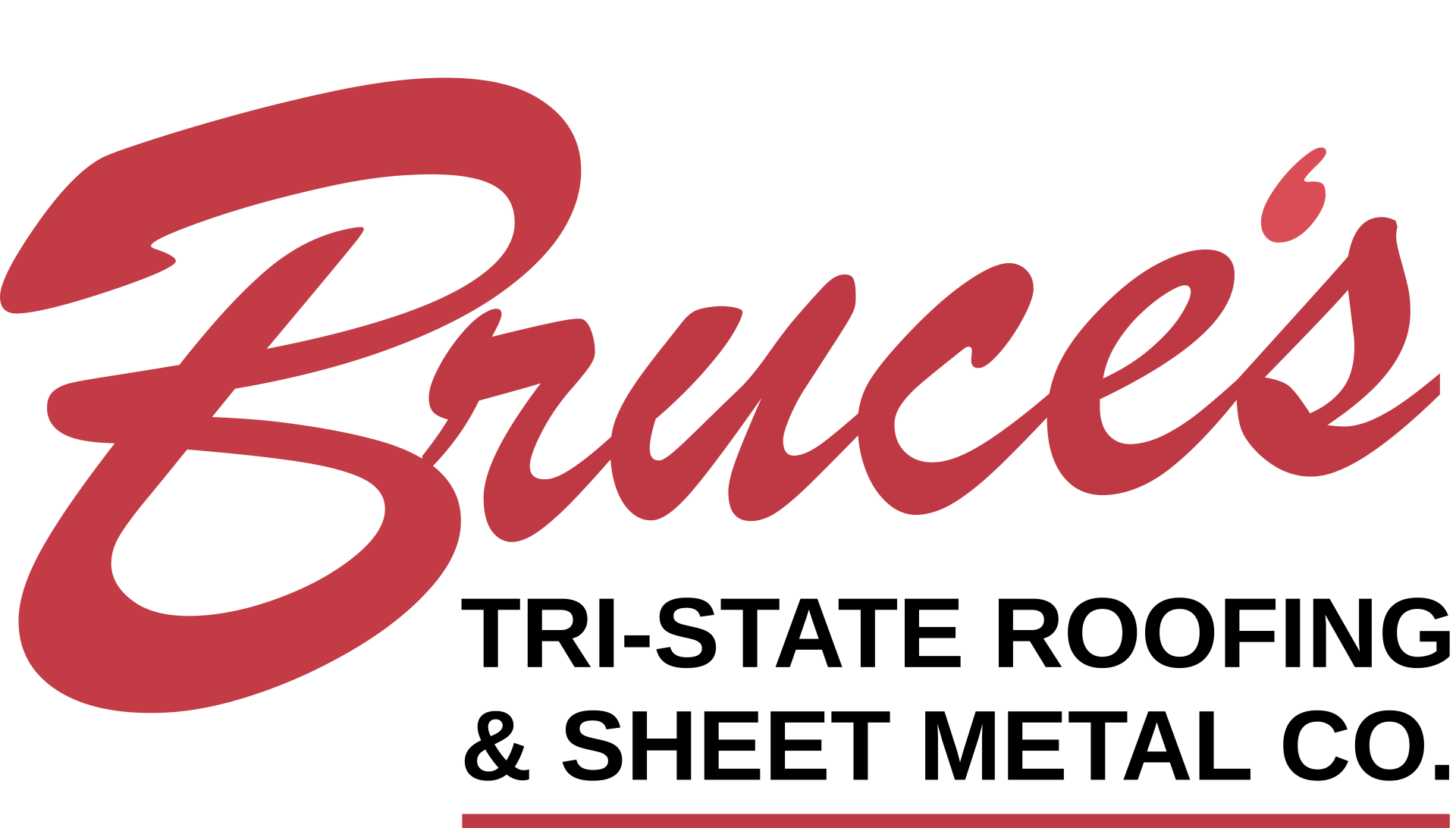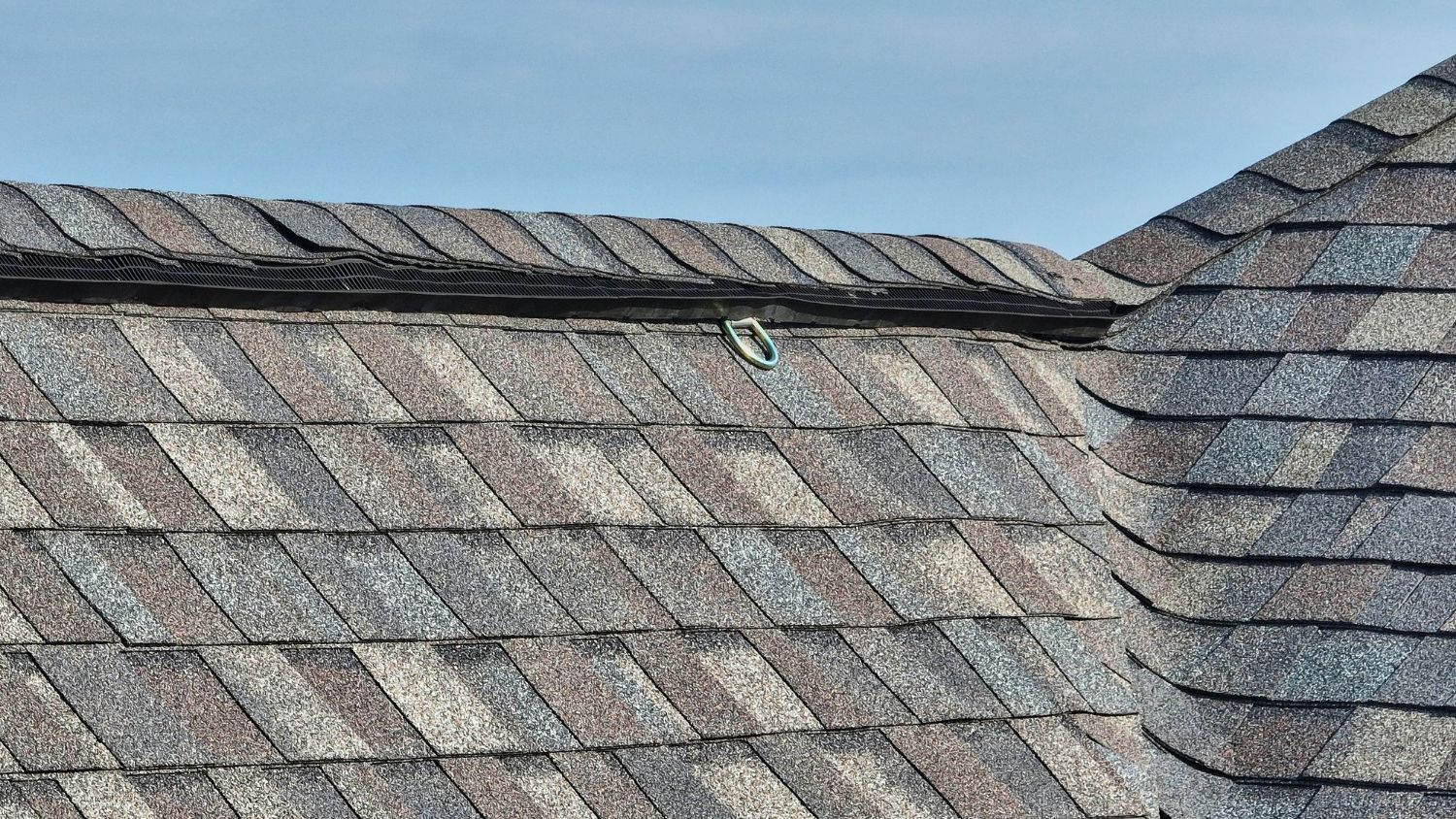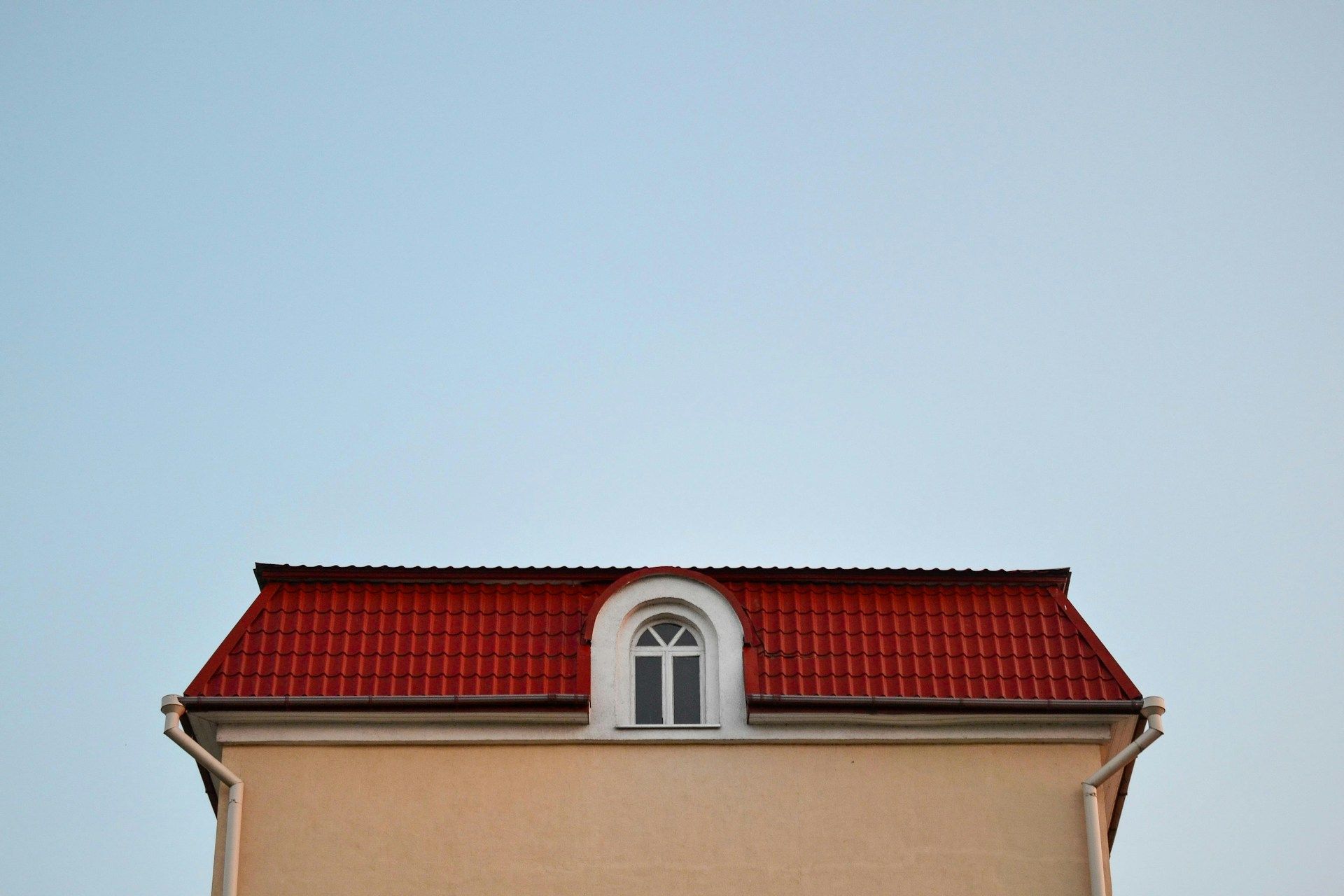
Keeping your home in good condition is important, and the roof plays a huge part in that. A healthy roof protects you from the elements, keeps your home dry, and helps maintain the structure of the house. But how do you know when it’s time to replace it? Ignoring roof damage can lead to bigger issues, so it’s crucial to recognize the warning signs.
In this article, we’ll explore the key signs that indicate your roofs might need replacing. From visible wear and tear to hidden problems like leaks, mold, and the age of your roofing materials, these signs will help you decide when it’s time for a new roof.
Visible Wear and Tear
One of the most obvious signs that your roof needs replacement is visible wear and tear. If you see shingles that are cracked, curled, or missing, it’s a clear signal that your roof is no longer protecting your home as it should. Shingles should lie flat against the roof. If they are curling or buckling, it’s a sign of aging. If not addressed promptly, this can lead to leaks and other issues.
You should also check for granule loss. Asphalt shingles often shed granules as they age. If you find a lot of granules in your gutters or notice bald spots on the shingles, it's a sign the roof is wearing out. Loose or damaged flashing around chimneys, vents, and skylights is another red flag. These areas are prone to leaks if the flashing is not secure.
Finally, you should inspect the roof for sagging. A sagging roof is a strong indication that there are structural issues, possibly from water damage or a weakened foundation. If you spot any of these problems, it’s time to consider a roof replacement to ensure your home stays safe and dry.
Leaks and Water Damage
Leaks and water damage are urgent signs that your roof needs attention. If you notice water stains on the ceiling or walls inside your home, it's likely that your roof is leaking. These stains might look like dark spots or trails, showing the path water takes as it seeps in. You should also check the attic for signs of water damage, like wet insulation or even puddles.
Peeling paint or wallpaper inside the home can also suggest a roof leak. When water enters through the roof, it can run down the walls and cause the paint or wallpaper to bubble and peel. This problem not only looks bad but can also lead to mold growth if not fixed quickly.
If you see any signs of leaks, it's crucial to act fast. Water damage deteriorates the structure of your home over time. Promptly identifying leaks and addressing them by replacing the roof can prevent further damage and save you from costly repairs down the line. Keeping your homes safe from water damage involves staying vigilant and noticing these early warning signs.
Moss and Mold Growth
The presence of moss and mold on your roof is a sign that it might need replacing. Moss tends to grow in shaded, damp areas and can cause serious problems over time. When moss grows between shingles, it lifts them up and allows water to seep underneath. This can create leaks and damage the roof structure, leading to significant repair costs.
In addition to moss, mold and mildew are also concerning. These fungi thrive in moist conditions, and their presence indicates that there is trapped moisture. Mold can spread quickly and cause health issues for those living in the home. Plus, it weakens the roof's integrity by breaking down roofing materials.
If you spot moss, mold, or mildew, it's essential to address the issue promptly. Cleaning these growths might offer a temporary fix, but if they keep coming back, it’s a sign that it’s time to replace the roof. A new roof will help cut off the conditions that allow these growths to thrive, ensuring a healthier and more durable home environment.
Roof Age and Material Lifespan
Knowing the age of your roof and the lifespan of its materials is key in determining when a replacement is needed. Different roofing materials have different lifespans. For example, asphalt shingles typically last 20 to 25 years, while metal roofs can last 40 to 70 years. If your roof is nearing the end of its expected lifespan, you should start planning for a replacement.
Even if you haven’t noticed visible damage or leaks, an old roof is more likely to develop problems. Over time, materials deteriorate and lose effectiveness. Aging roofs might not perform well in harsh weather, leading to leaks or structural issues. Keeping track of your roof’s age helps you stay ahead of potential problems and avoid unexpected expenses.
If you're unsure about your roof's age, a professional roof inspection can provide valuable insights. Experts can assess its condition and recommend whether a replacement is necessary. Taking proactive steps based on your roof's age and material lifespan ensures that your home remains secure and well-protected.
Conclusion
Recognizing the signs that your roof needs replacing can save you from bigger headaches down the road. From visible wear and tear to leaks moss growth, and knowing the roof's age, staying alert to these indicators helps keep your home in top shape. A proactive approach to roof maintenance ensures that you address minor issues before they become major problems.
If you notice any of these issues or are unsure about the condition of your roof, it’s time to get professional advice. Contact us at Bruce's Tristate Roofing today for expert guidance and premium
roofing services in Kentucky. Let’s keep your home safe and secure with a roof you can trust.
Have Total Confidence in the Roof Over Your Head
Hire an experienced commercial roofing company serving the entire Tri-State area


Hours
Mon: 7:00AM-4:00PM
Tue: 7:00AM-4:00PM
Wed: 7:00AM-4:00PM
Thu: 7:00AM-4:00PM
Fri: 7:00AM-4:00PM
Sat: Closed
Sun: Closed
All Rights Reserved | Website Designed & Developed By Oddball Creative


